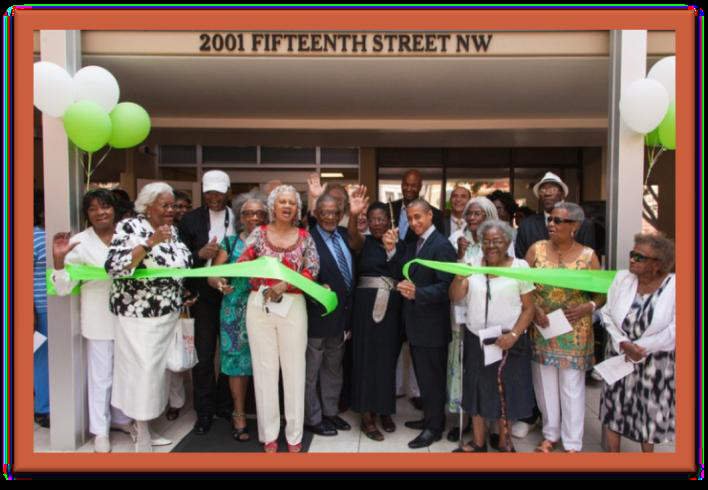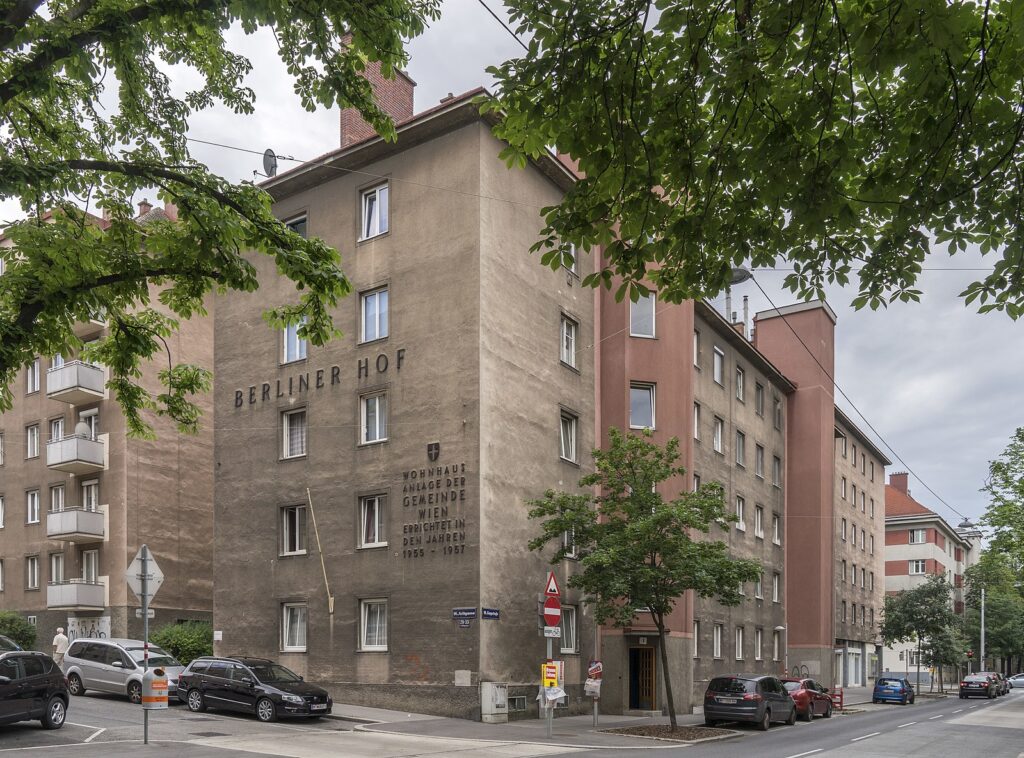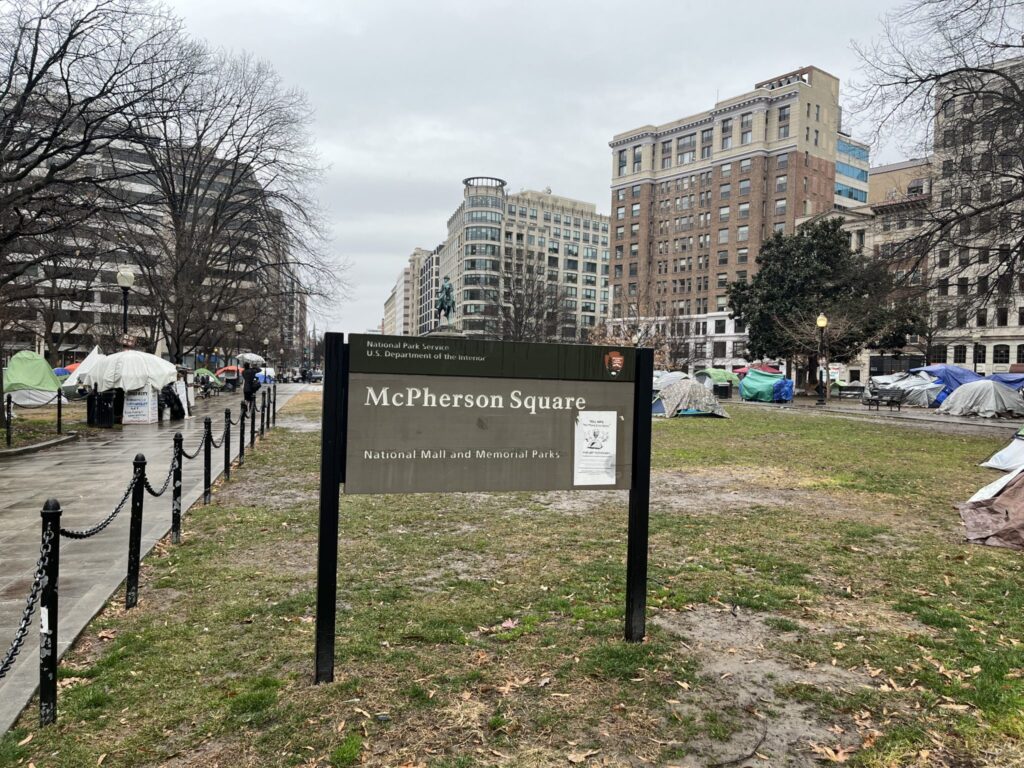Mary Smith knew that her housing security was at risk when she saw an increase in other senior citizens seeking apartments in her building.
They told her they had lost their own places to high-end development.
“Other people were coming here looking for applications because they were put out,” she said.
For 12 years, Smith had enjoyed life in her 171-unit senior housing community, Campbell Heights Apartments, on 15th Street Northwest. But she and her neighbors began to worry about the future of their homes.
All over the city, affordable rental units have been giving way to luxury apartments and condominiums. The DC Fiscal Policy Institute estimates that 8,000 apartments were lost between 2000 and 2007 alone, many to upscale development.
So when the owner of Cambell Heights notified tenants of his intention to sell their building, Smith and her neighbors decided they would try to buy it themselves.
The Tenant Opportunity to Purchase Act (TOPA) allowed them to do just that. The law gives District tenants the right to buy their building anytime its owners offer it for sale, or make plans to demolish it or discontinue its use as a rental property.
On a summer day, after an average of $25,000 of renovations to each apartment, the neighbors gathered to celebrate a day in their community. A bright green ribbon was cut, and a saxophone and bass player kept the mood of the event light and fun.
They were now homeowners, and their building had a new name too: Paul Laurence Dunbar Apartments, in honor of the famous African American poet, who penned such lines as “What dreams we have and how they fly/ Like rosy clouds across the sky.”
The neighbors attributed their suc¬cess story to teamwork, a variety of interested parties coming together to achieve a common goal. They said that they themselves, the Paul Laurence Dunbar Residents’ Association, along with city officials and Jair Lynch Devel¬opment Partners worked as three parts of a whole to fulfill a dream of ownership. Singled out for special praise was Ward One City Councilmember Jim Graham, a big supporter of TOPA, for his work upholding tenants rights.
Luckily, the renovations did not require the residents to move out, so they could stay in their homes as new heating and air conditioning systems were installed, and as elevators, lobbies and common areas were refurbished.
At Large City Council member Mi¬chael Brown, chair of the council’s economic development committee, who attended the celebration said he hoped to see more such celebrations in the District. Too often, he said, affordable apartments continue to be displaced by luxury projects.
He praised the cooperation between the nonprofit residents association and the developer, Jair Lynch Development Partners, which structured a $43 million financing package to facilitate the rehabilitation of the property. The package included housing rev¬enue bonds insured through the U.S. Department of Housing and Urban Development (HUD) and tax-exempt bonds issued by the DC Housing Finance Agency.
A new HUD housing covenant preserves the affordability of the apartments for the next 30 years.
“We have a lot of developers in D.C.,” Brown said. “Some do not do right by D.C. residents; some do.”
Deputy Mayor Victor L. Hoskins said he saw the ribbon-cutting at Paul Lau¬rence Dunbar Apartments as an event worth cherishing.
The building “houses our seniors,” he said. “It houses our most important treasure. It houses our wisdom.”







